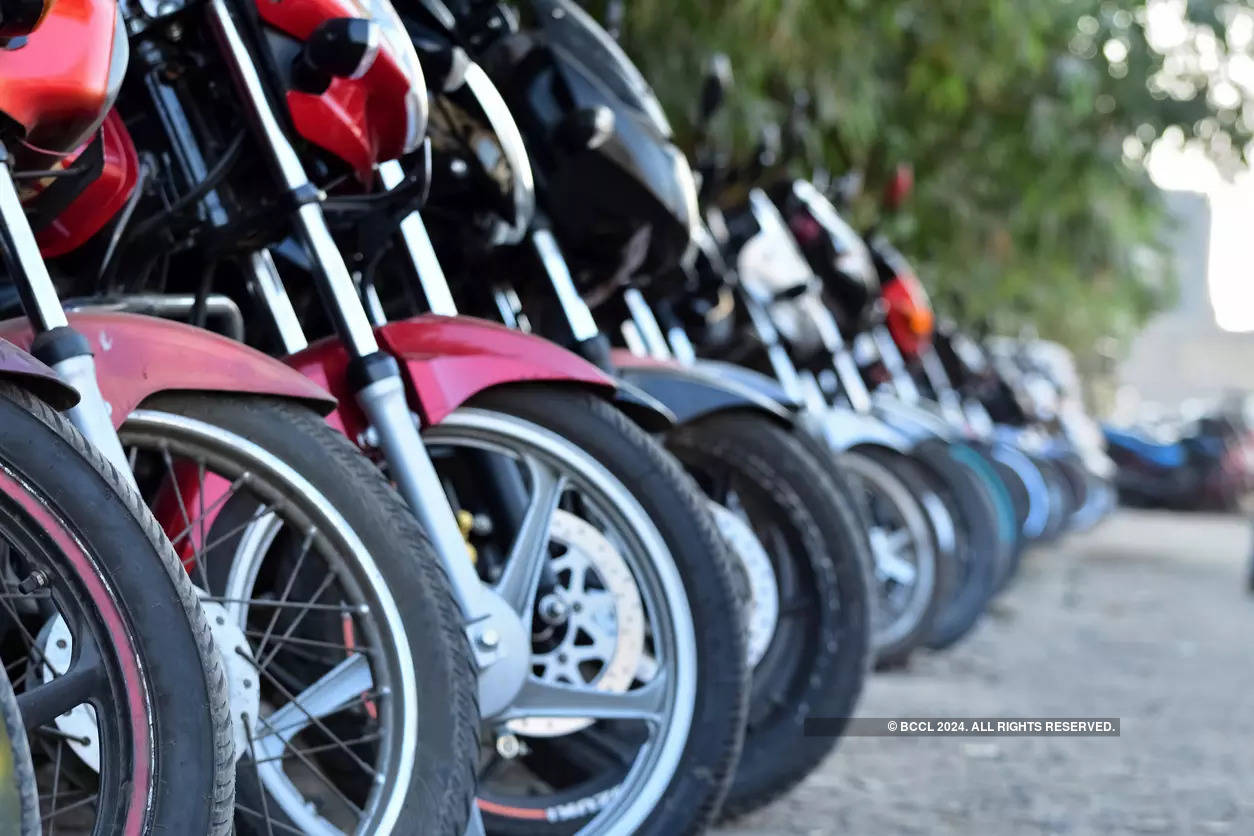
Be it a young woman going to college on her two-wheeler, a milkman adding a few iron bars to modify his 100cc motorcycle to transport more than 100 litres of milk, or an idli vendor transforming her scooter into a mobile shop with a rubber horn to attract customers, in India the two-wheeler has been more than just a means of transport. For the common person, it’s a harbinger of a revolution as they travel independently to learn, to work, to meet people, to have fun. The ease it has brought to the lives of people even before economic liberalisation, harking back to the “Hamara Bajaj” days, is enormous. However, this humble machine on two wheels, which transports millions of Indians, has yet to recover from its pandemic distress.
The level of stress in the two-wheeler market can be gauged from the fact that the sales volume, which saw a double digit decline just once in 45 years until 2019, fell in double digits in three consecutive years from FY2020 to FY2022— from 21.17 million to 13.57 million.
A report by the Parliamentary Standing Committee on Industry, which was tabled in the Rajya Sabha on March 22, noted that India has slipped from being the world’s largest market for two wheelers in FY22 to the second place in FY23. It said the Ministry of Heavy Industry “should conduct a holistic study and look into the shortcomings that have caused India to slip down” to the second position in the manufacturing of two wheelers “so that corrective measures can be taken to enable India to regain its position”.
“I don’t see any reason to be optimistic or to see growth in the segment,” says Nikunj Sanghi, founder, JS Fourwheel Motors, a dealership of Hero MotoCorp and Mahindra & Mahindra in Alwar. Inquiries continue to be low and the macro outlook — be it wage growth or the purchasing behaviour of consumers at the bottom of the pyramid — remains subdued. One reason for Sanghi’s disappointment is the tepid performance in the March quarter.
“Typically, the first quarter of the calendar year is a very important one for two-wheelers as the harvest season falls during that time. This year, it has been muted,” he says. Some experts believe the worst is over. They say a combination of low base and labour migration to cities— which is gradually reaching pre-Covid levels and could push up rural wage growth — will augur well for the sector. Nearly half of the total bikes sold in India are in rural areas.
Prithviraj Srinivas, chief economist, Axis Capital, says rural growth momentum could hold up better than expected in 2023-24 due to strong services export, which drives urbanisation and leads to labour tightness in rural India. “We are already seeing agricultural wage growth turning positive in real terms. Other parts of rural labour should also see improvement in wage growth, given the strong urban activity. As firms reduce the input cost they pass on to consumers to drive volumes and to ward off competition, we should see faster improvement in real wage growth of households in the bottom half of the income pyramid, thereby expanding the size of India’s consumer market,” he adds.
Jefferies, a US-headquartered brokerage, has said that two-wheelers have lagged in recovery but the 35% fall over FY20-22 has created a favourable base for the segment. “The brokerage believes 2Ws are ripe for a replacement cycle too and sees 2Ws outpacing 4Ws with an 18% CAGR [compound annual growth rate] over FY23-25.”
The recent signs of recovery cannot change the fact that the past decade has been a lost one for the two-wheeler segment. The sales inched up from 13.79 million units in FY13 to 15.86 million units in FY23 — a CAGR of 1.4%, the lowest among all vehicle segments.
The volume of tractors, a segment which, like two-wheelers, is dependent on agricultural economy, meanwhile, grew at 6% CAGR in the last 10 years and made a record high sales of 950,000 in FY23. Other vehicle segments are also touching their previous highs. A record 3.88 million passenger vehicles (PV) were sold in FY23. The medium and heavy commercial vehicle (MHCV) segment is just 8% short of its previous high in FY19 although in terms of tonnage growth, this segment has crossed FY19 levels.
In FY22, the number of two-wheelers sold in India dropped to a 10-year low of 13.57 million units. In FY23, it went up to 15.86 million, but that is still 25% less than the peak of 21.17 million units sold in FY19.
The price of the cheapest entry-level bike has increased from Rs 44,000 in 2019 to Rs 60,000. Meanwhile, inflation has hit the average person’s disposable income, and the lower middle class has started saving more for difficult times after experiencing the prolonged compression in income during Covid-19. This has impacted two-wheeler sales.
Railway travel is a good indicator of the impact on the income of the lower middle class. Railway passenger travel in February 2023 stood at 537 million, which is less than the 2019 average of 696 million, while domestic air travel has reached 13 million in March 2023 which is higher than the 2019 average of 12 million, according to DGCA.
There’s a supply-side problem, too. Legacy two-wheeler companies have hardly offered any disruptive product that could attract a new generation of buyers even as startups have stepped in with their electric two-wheelers that are gaining in popularity.
















